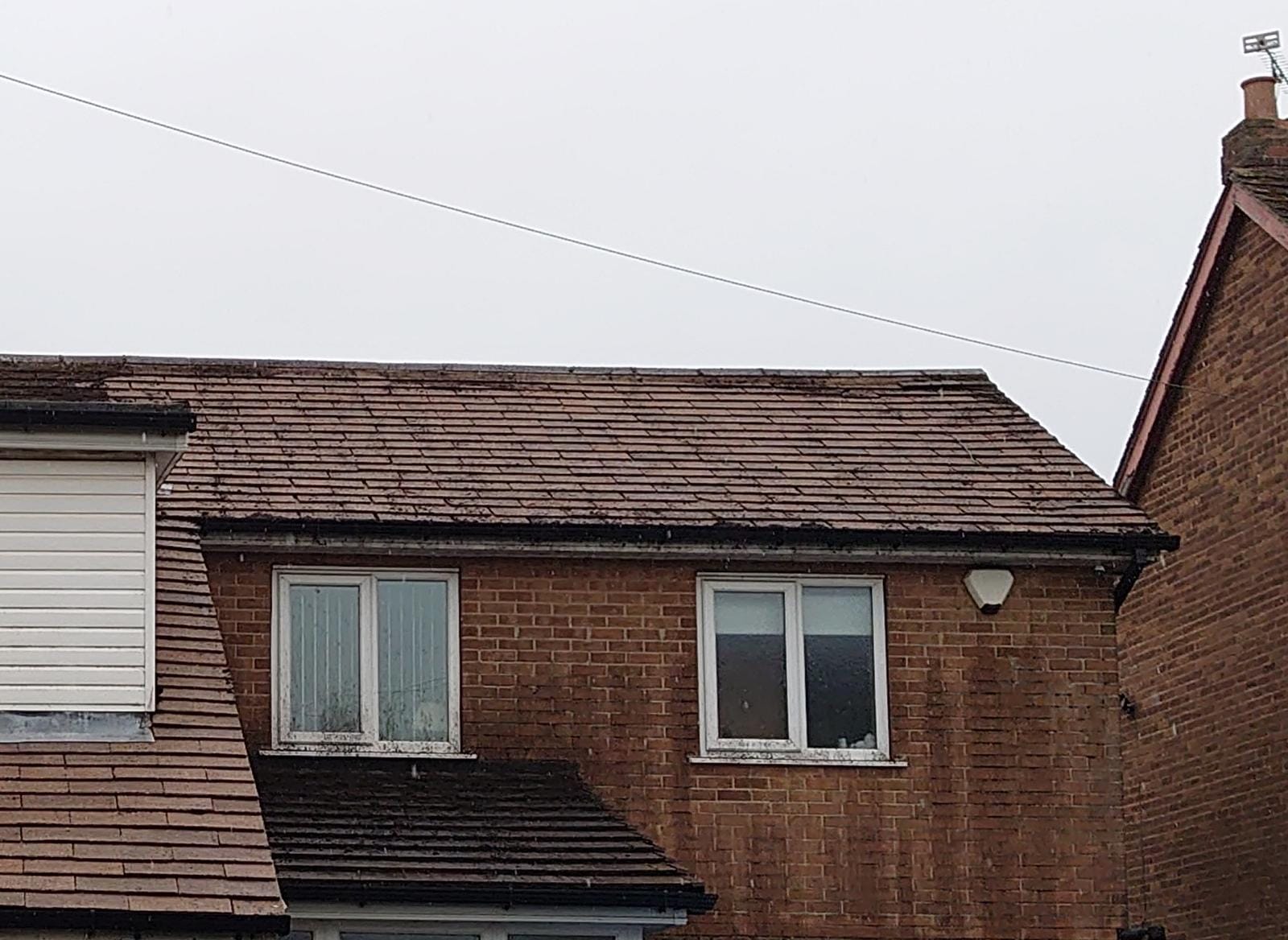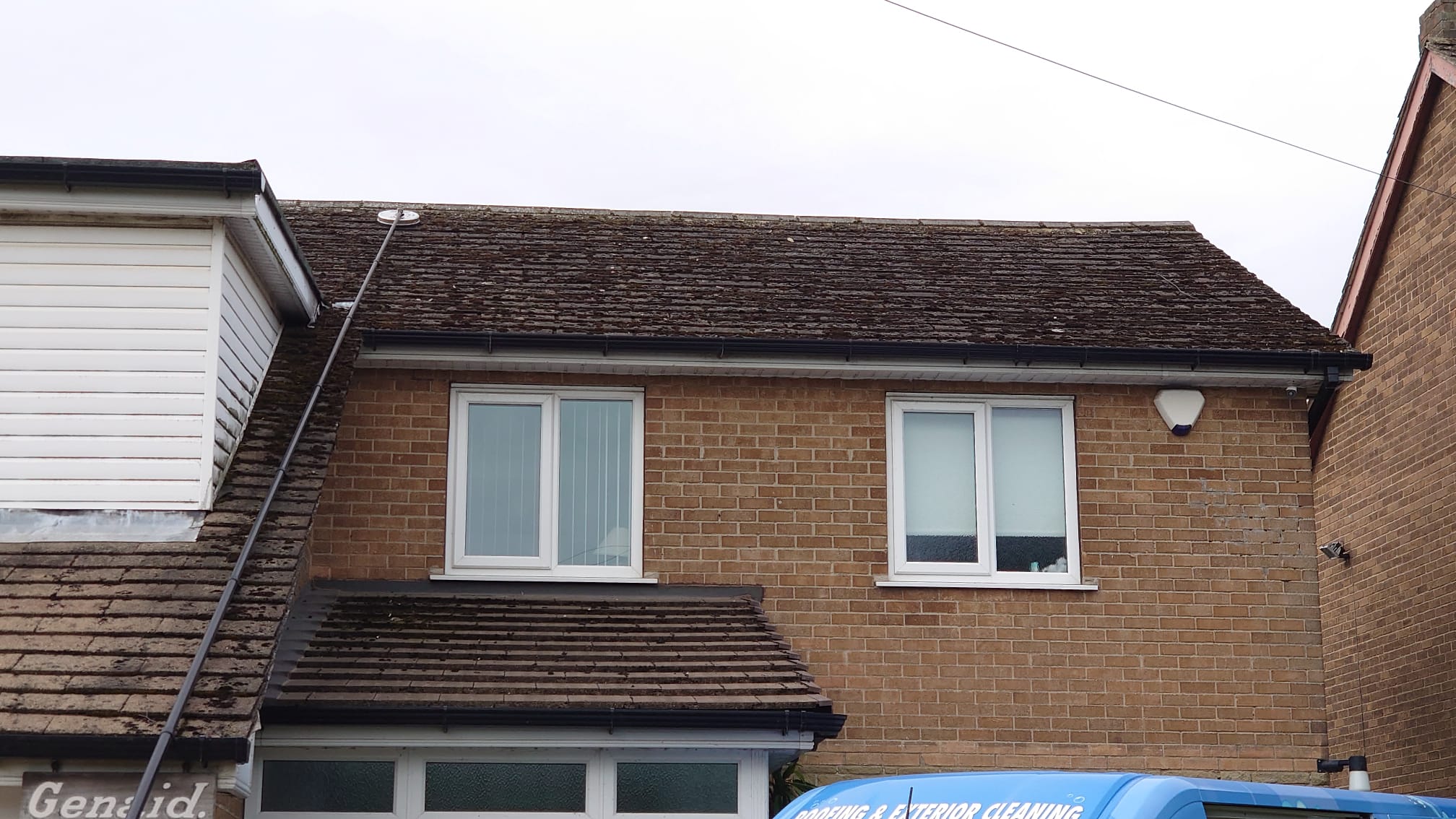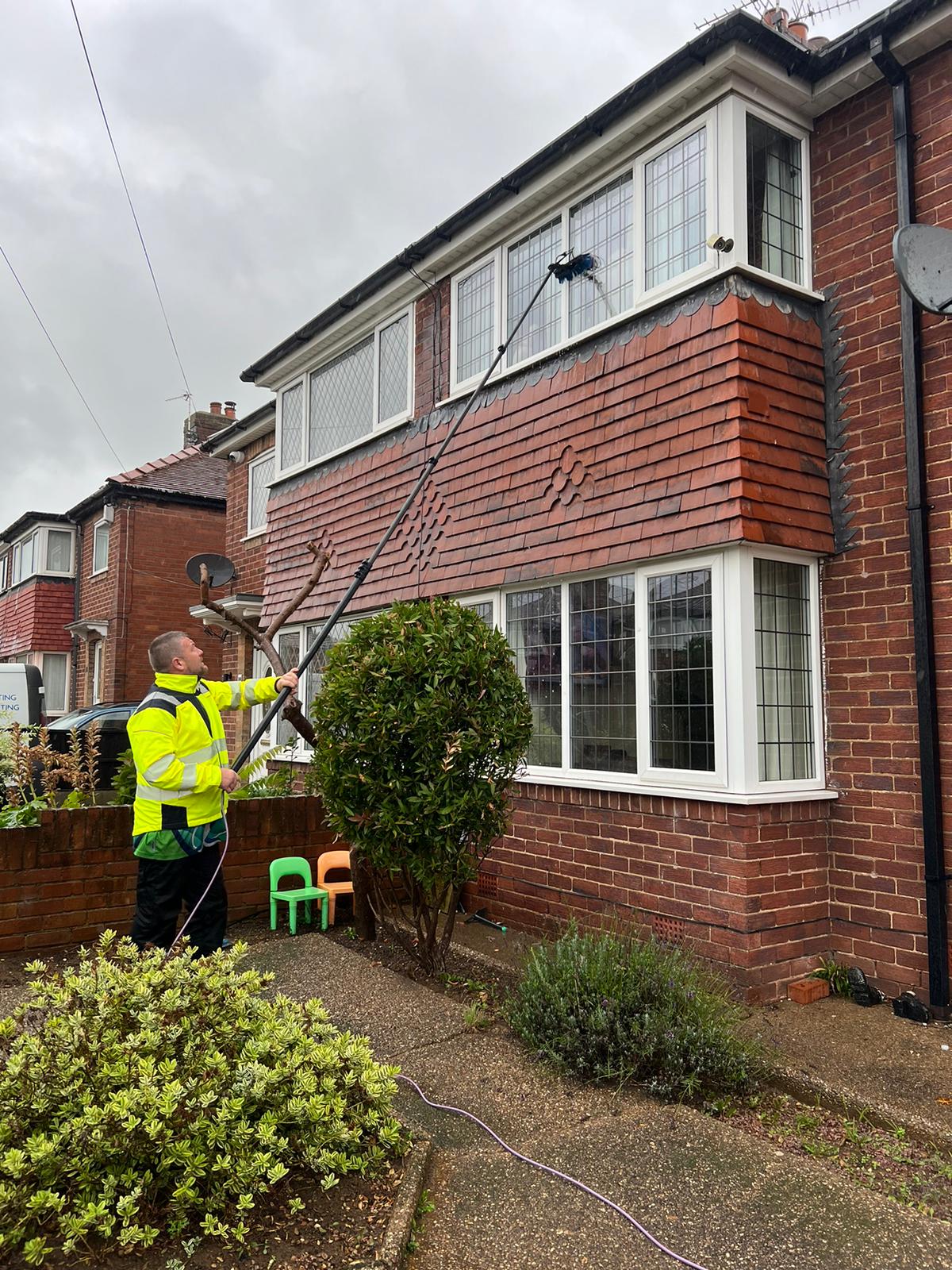Introduction
Taking care of your roof is essential to ensure its longevity and prevent costly repairs or replacements down the line. By following some simple maintenance practices, you can significantly extend the lifespan of your roof, protecting your investment and providing a safe and comfortable home for years to come. In this ultimate guide, we will explore various steps and tips to help you prolong your roof’s lifespan.
Regular Inspections
- Conduct a visual inspection at least twice a year, preferably in spring and fall, to identify any signs of damage or wear.
- Look for cracked or missing shingles, damaged flashing, or any signs of water penetration.
- Check for algae or moss growth, which can deteriorate your roof’s materials over time.
- Inspect the gutters and downspouts for clogs or debris that may hinder water drainage.
Cleaning and Maintenance

- Keep your roof clean to prevent the buildup of debris or organic matter.
- Remove leaves, branches, and other debris regularly, especially after storms or high winds.
- Utilize a soft-bristled broom or leaf blower to remove loose debris.
- Prevent the growth of algae, moss, or lichen to maintain your roof’s integrity.
- Use a mild, environmentally friendly roof cleaner to remove any organic growth gently.
- Avoid using high-pressure washers or aggressive chemicals that could damage your roof.
- Trim overhanging tree branches to allow sunlight and air circulation, reducing the chances of moss or algae growth.
Gutter Maintenance
- Clean your gutters and downspouts regularly to ensure proper water drainage.
- Remove leaves, twigs, and other debris that can clog the gutters and prevent water from flowing freely.
- Use a garden hose to flush out any remaining debris and check for leaks or misalignments.
- Consider installing gutter guards to minimize debris accumulation and reduce the frequency of gutter cleaning.
Attic Ventilation and Insulation
- A well-ventilated attic helps regulate temperature and moisture levels, preventing damage to your roof.
- Ensure your attic has proper ventilation through vents, soffits, or ridge vents.
- Consider installing attic fans to improve airflow and prevent excessive heat buildup.
- Adequate insulation in your attic helps maintain a consistent temperature and reduces the strain on your roof.
- Insulate your attic floor and walls to minimize heat transfer between your living space and the attic.
- Consult with a professional to determine the appropriate insulation thickness for your region.
Preventing Ice Dams
- Ice dams occur when snow on the roof melts, refreezes at the eaves, and prevents proper drainage.
- Remove snow from the roof using a roof rake or other suitable tools.
- Ensure proper attic insulation to prevent heat from inside the house melting the snow.
- Install heat tapes or electric cables along the roof edges to melt ice dams.
Professional Roof Inspections and Repairs
- Schedule professional roof inspections at least once every three years or after severe weather events.
- Professionals can identify hidden issues, such as damaged flashing, leaks, or worn-out shingles.
- Promptly address any roof repairs to prevent further damage.
- Fix loose or missing shingles, damaged flashing, or deteriorated seals.
- Hire licensed and experienced roofers for complex repairs or replacements.
Conclusion
By following these steps and incorporating regular maintenance into your routine, you can prolong the lifespan of your roof and safeguard your home. Prioritize inspections, clean your roof and gutters, ensure proper ventilation and insulation, prevent ice dams, and rely on professional assistance when needed. Remember, a well-maintained roof not only adds value to your property but also provides you with peace of mind knowing that your home is protected from the elements for years to come.
















